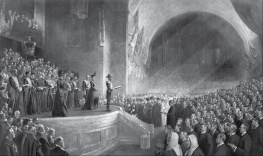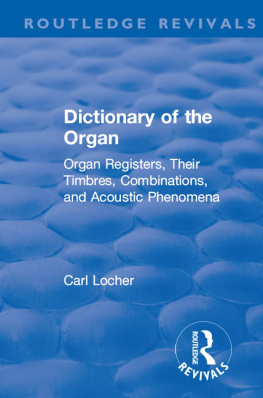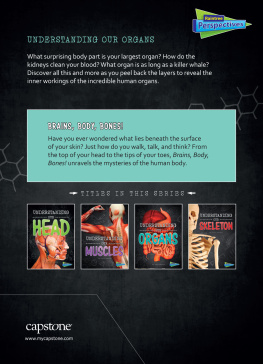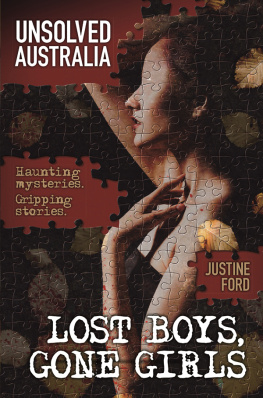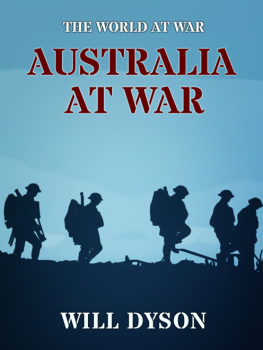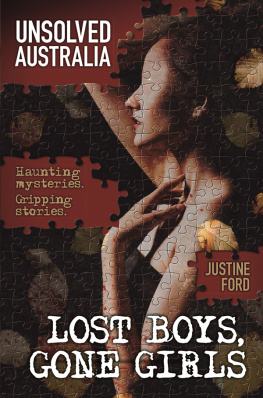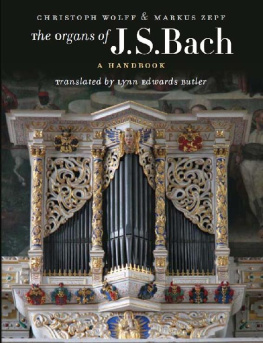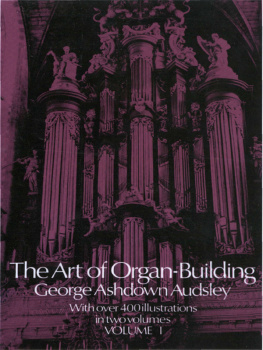Cover Illustration
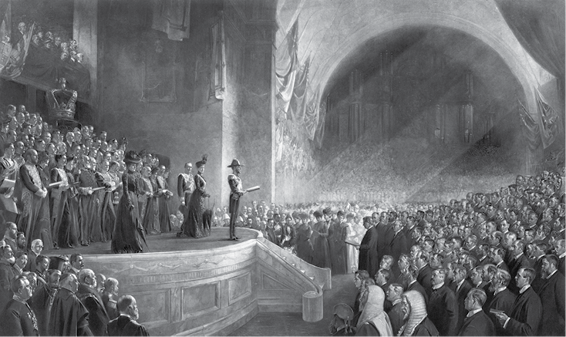
Opening of the first Parliament of the Australian Commonwealth, 9 May 1901; by Tom Roberts and Goupil & Cie (engraver), 1903; National Portrait Gallery, Canberra. This shows the 1880 grand organ by George Fincham in the backgr ound .
Lost Pipe Organs
of Australia
A Pictorial Record
Geoffrey Cox
Kelvin Hastie
John Maidment
Copyright 2017 by Geoffrey Cox, Kelvin Hastie, John Maidment.
Library of Congress Control Number: 2017912871
ISBN: Hardcover 978-1-5434-0332-9
Softcover 978-1-5434-0331-2
eBook 978-1-5434-0330-5
All rights reserved. No part of this book may be reproduced or transmitted in any form or by any means, electronic or mechanical, including photocopying, recording, or by any information storage and retrieval system, without permission in writing from the copyright owner.
Any people depicted in stock imagery provided by Thinkstock are models, and such images are being used for illustrative purposes only.
Certain stock imagery Thinkstock.
Rev. date: 09/12/2017
Xlibris
1-800-455-039
www.Xlibris.com.au
758211
TABLE OF CONTENTS
Preface
Australias heritage of pipe organs stretches from the early nineteenth century to the present day. The earliest instruments were imported, especially from Britain, and locally built organs appeared from 1840 onwards. By the start of the twentieth century, Australia possessed a fine and representative collection of pipe organs of international significance.
Many of these instruments are now lost, and this has occurred through various agencies. Some have simply been removed and broken up; others have been destroyed by fire; while others have been rebuilt beyond visual or tonal recognition.
This book is not intended to provide a comprehensive account of such lost organs. Nor is it intended to be representative of the individual regions or of particular builders. Rather, it contains a selective pictorial record of significant instruments for which suitable images survive and have been made available.
The book does not aim to provide complete documentation for the instruments represented. Detailed documentation can be found in the sources listed in the bibliography, particularly the work of Rushworth and Matthews, the documentation included on the OHTA website (www.ohta.org.au), and in early newspaper sources now digitised on the Trove project through the National Library of Australia.
Insofar as individual organs can be accurately dated, the images are arranged in chronological order. These have been sourced from public and private collections, and many are published here for the first time.
Aboriginal and Torres Strait Islander people are advised that this publication contains names and images of people who have passed away.
This book has been published to commemorate the fortieth anniversary of the foundation of the Organ Historical Trust of Australia in 1977.
Acknowledgements
The editors acknowledge the valuable assistance of the many institutions and individuals who have provided access to the photographs and illustrations contained in this collection. These are acknowledged as sources for each image. Others who have assisted include: The Revd Clarence Bester (Shepparton, Victoria), Blessed Sacrament Congregation (Melbourne, Victoria), Alex Bragiola (Essendon, Victoria), Bruce Duncan (Northam, Western Australia), Jenny Gill (Launceston, Tasmania), Tom Gray (Townsville, Queensland), Paul Mishura (Hawthorn, Victoria), Mark Quarmby (Croydon, New South Wales), Steve Richard (Manly, New South Wales), David Shield (Blackwood, South Australia), Basil Tkaczuk (Launceston, Tasmania), Grant Uebergang (Yandilla, Queensland), David Vann (Carseldine, Queensland), Rosemary Waller (Guildford, Western Australia).
Every attempt has been made to obtain permission to reproduce photographs from copyright owners where this is necessary. The Organ Historical Trust of Australia welcomes any correspondence on this subject and agrees to make the necessary acknowledgements in any subsequent editions.
The Authors
Dr Geoffrey Cox has been a member of OHTA since its inception, a council member since 1990, and is the author of the Gazetteer of Queensland Pipe Organs . He completed postgraduate studies at New College, Oxford, where he was an Organ Scholar, and went on to hold academic posts at the University of Melbourne and Australian Catholic University. In Melbourne, he was Organist and Director of Music at St Peters Eastern Hill, later at St Patricks Cathedral, and most recently, at St Marks, Fitzroy. His publications include editions of early-English organ music through Faber Music and chant accompaniment through the Catholic Truth Society in London. He was made a Fellow of the Royal School of Church Music in 1993 in recognition of distinguished services to church music.
Dr Kelvin Hastie joined OHTA shortly after its inception and served as secretary from 1988 to 2016, when he was elected chair. He is a music teacher and examiner by profession and has undertaken postgraduate study at the University of Sydney in the fields of church music and organ conservation. He has acted as an organ consultant for almost seventy organ restoration or rebuilding projects in New South Wales, most notably for his recent work at Sydney Town Hall. He regularly produces articles on Australian organ history and conservation for local and international journals. He was awarded the Medal of the Order of Australia in 2009 for his contribution to organ conservation.
John Maidment was the co-founder of the Organ Historical Trust of Australia in 1977 and was chairman from 1977 until his retirement in 2016. He has researched widely on organbuilding in Australia and was the author of three of the state gazetteers of pipe organs in Australia, beginning with Victoria in 1970. He has published widely on the subject in local and international journals and has acted as an organ advisor in five Australian states and New Zealand. He was awarded the Medal of the Order of Australia in 1999 for his services to organ conservation and has subsequently been honoured through the Ray Tonkin Award made by Heritage Victoria and through honorary life membership of the National Trust of Australia (Victoria) and the Organ Historical Trust of Australia.
Lost Pipe Organs of Australia
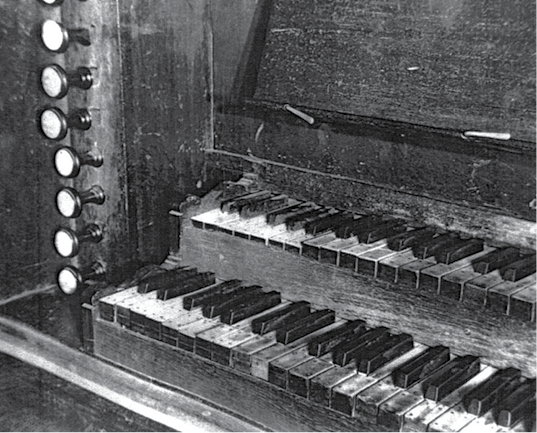
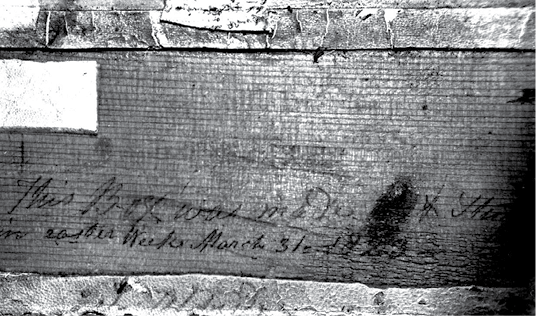
(bass end of the console before 1961 and inscription on the back of the former swell box).
H. C. Lincoln, London, 1823 or earlier.
2 manuals, circa 10 speaking stops, mechanical action.
Photographer: Edward R. Salisbury, Brisbane, circa 1940.
Source: Edward R. Salisbury.
Although this organ was imported and installed at Kangaroo Point in 1876, it dates from much earlier. It is conjectured to have come from Wheler Chapel, Spital Square, London, and bears the nameplate H. C. Lincoln, Organ Builder to the King, London. A pencilled inscription on the back of the former Swell box read: This box was made [by H. L.] & Staff in Easter Week March 31 st 1823.
Lincolns role may have been that of enlarging an earlier instrument, and it is significant that the organ contains some pipework dating from the seventeenth century. By the early- to mid-nineteenth century, the organ is believed to have comprised two manuals, a six-stop low-compass Great from GGG, and a four-stop short-compass Swell from fiddle G. After being damaged in a cyclone that unroofed St Marys Church in 1892, the instrument was repaired with additions in 1897, at which time, presumably, the keys were tropic-pinned. The organ was completely rebuilt by Whitehouse Bros of Brisbane in 1961 with cone-pallet chests and electro-pneumatic action, so that very little of Lincolns work now survives.
Next page
